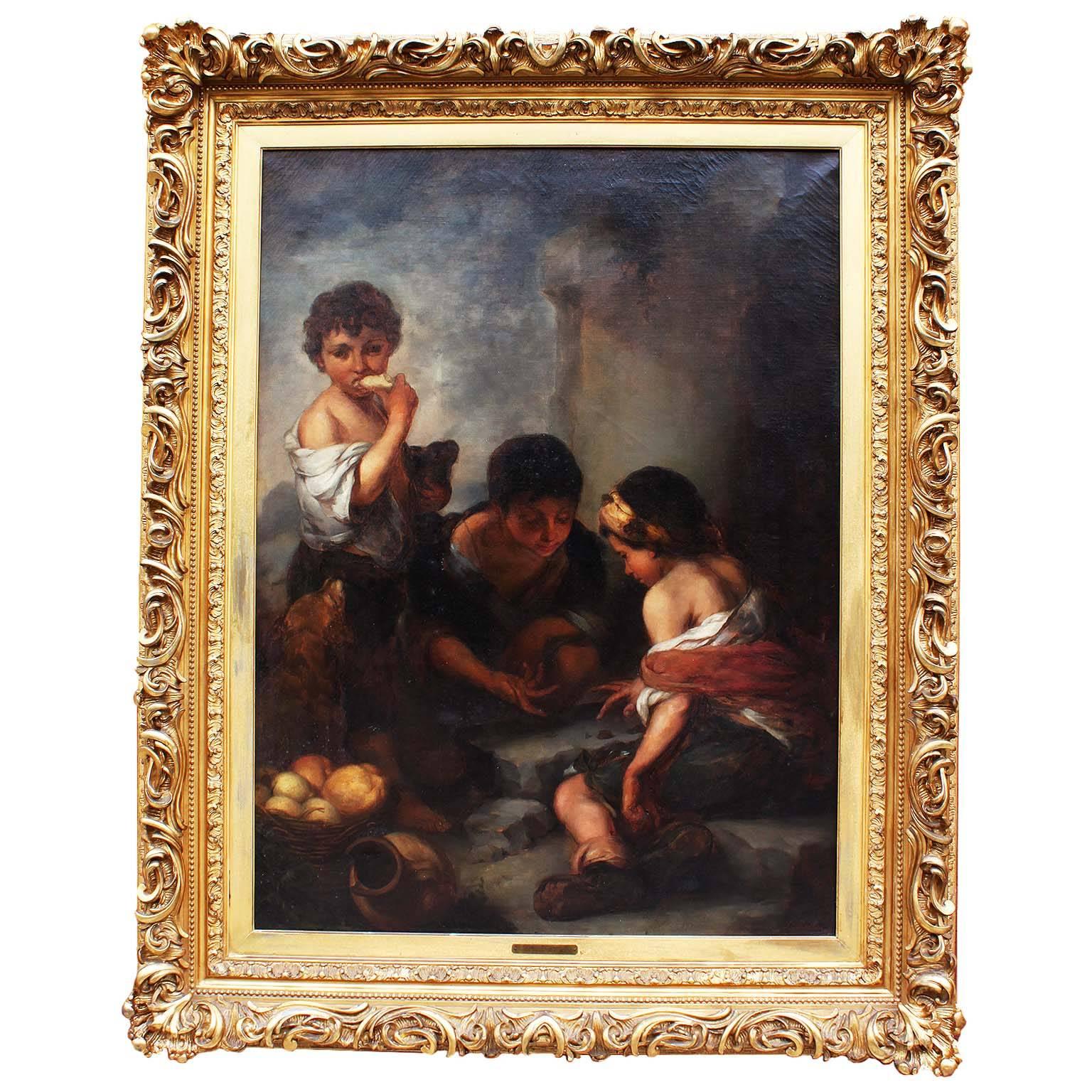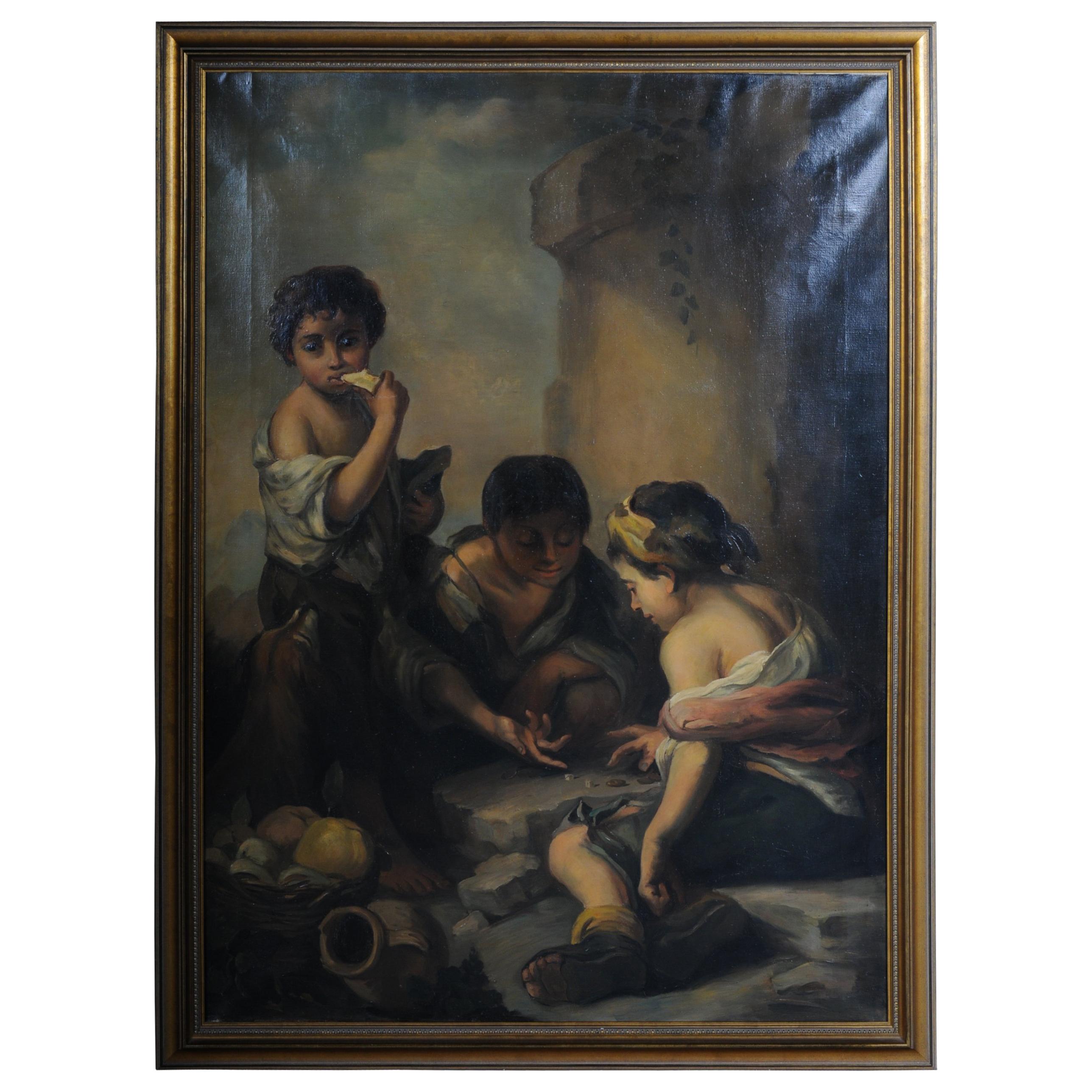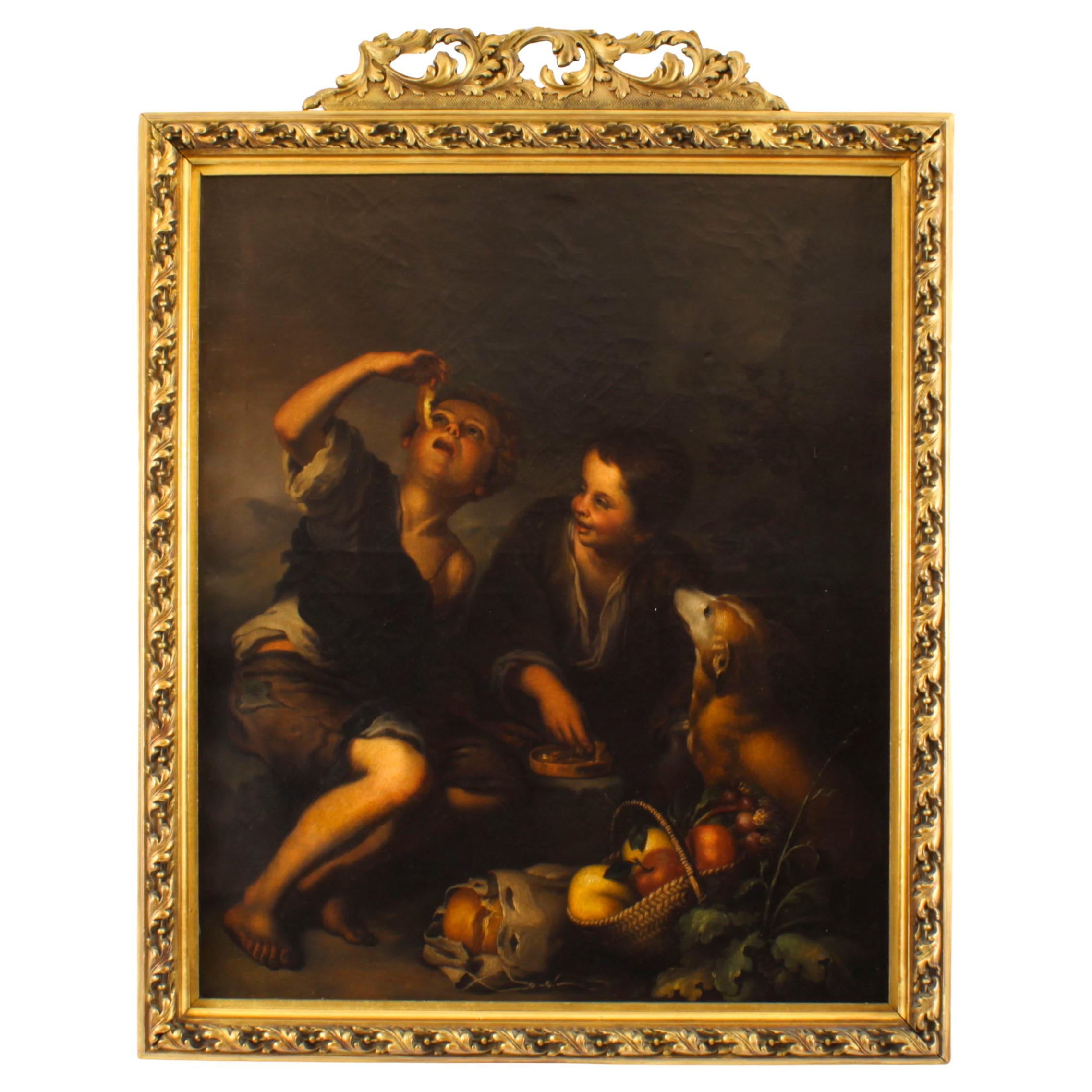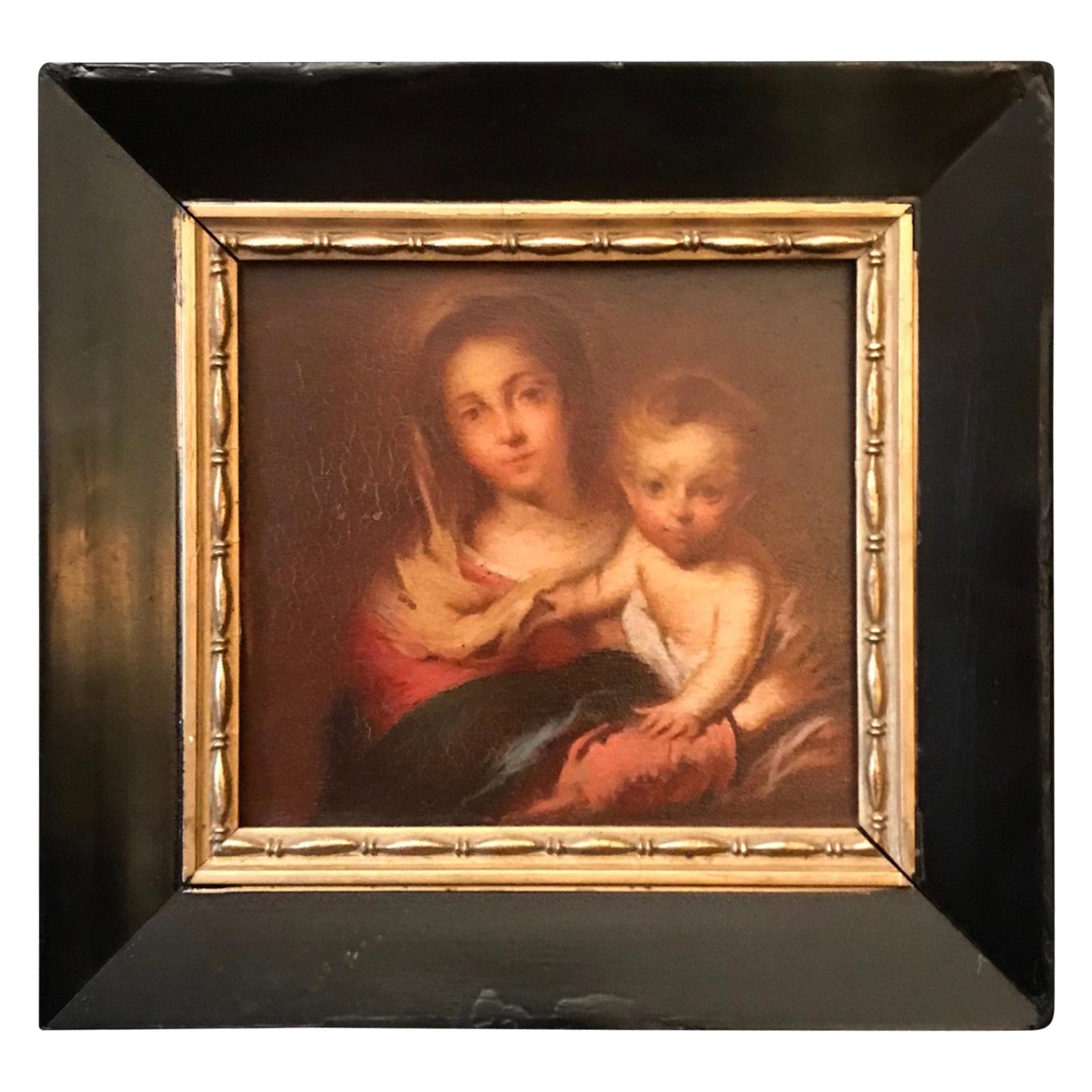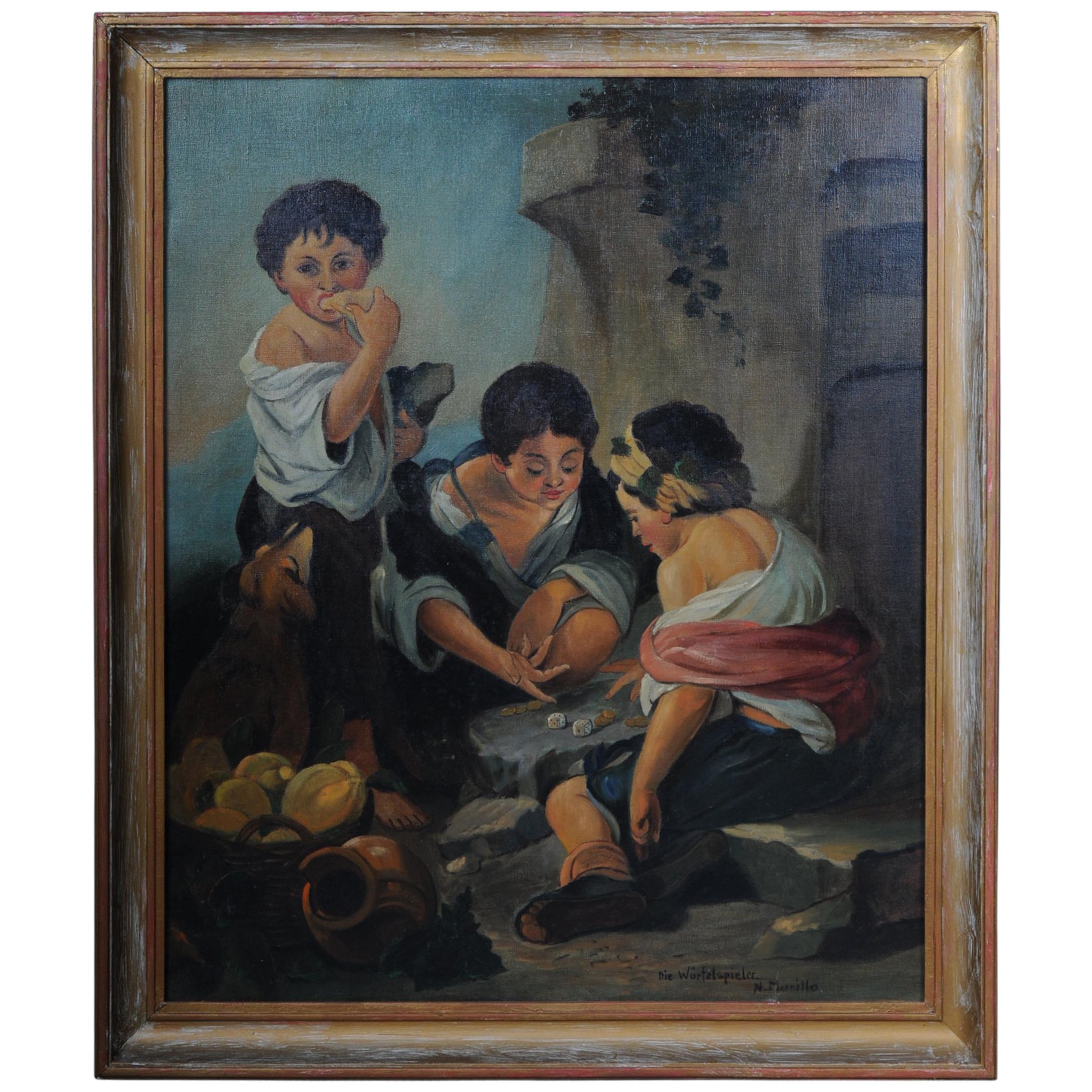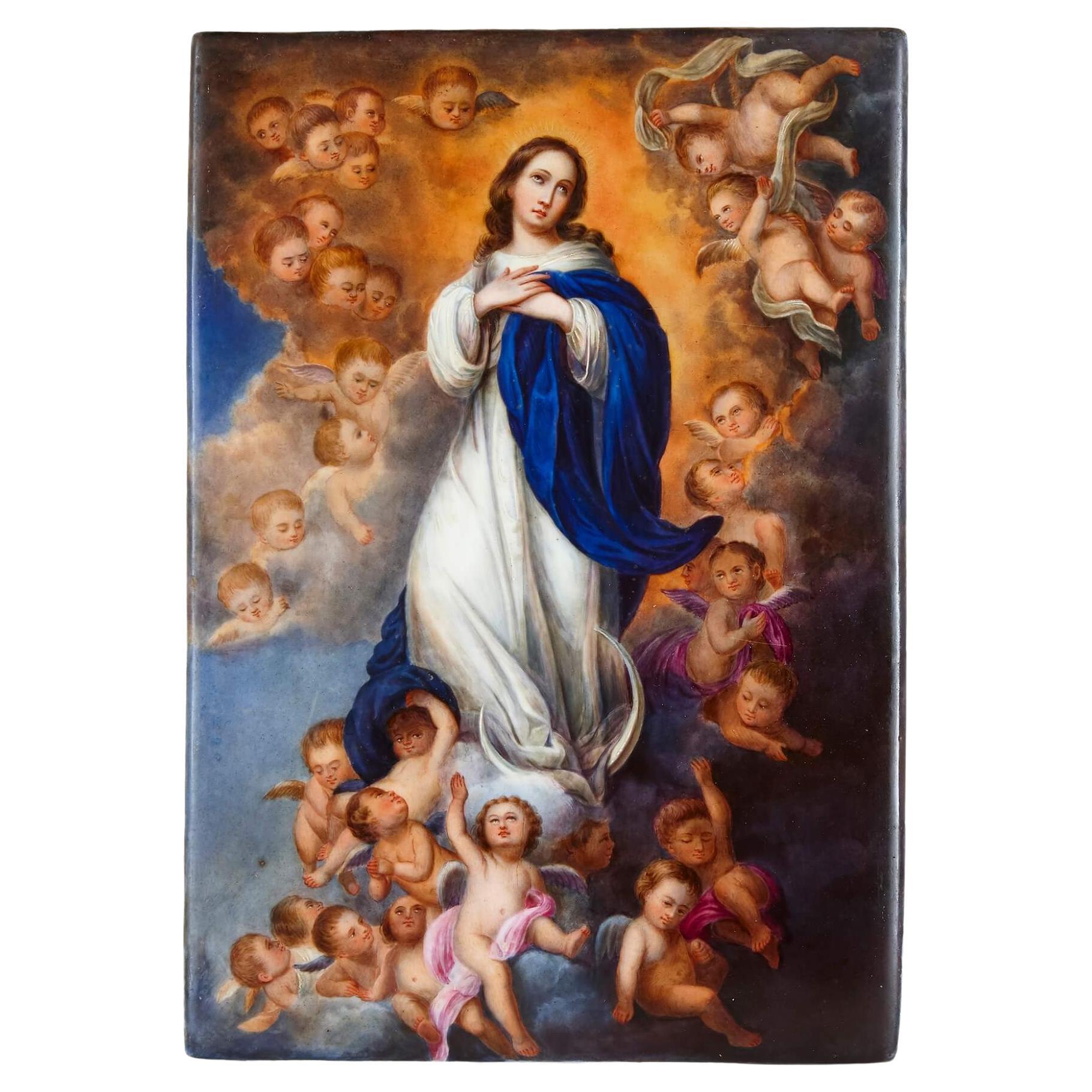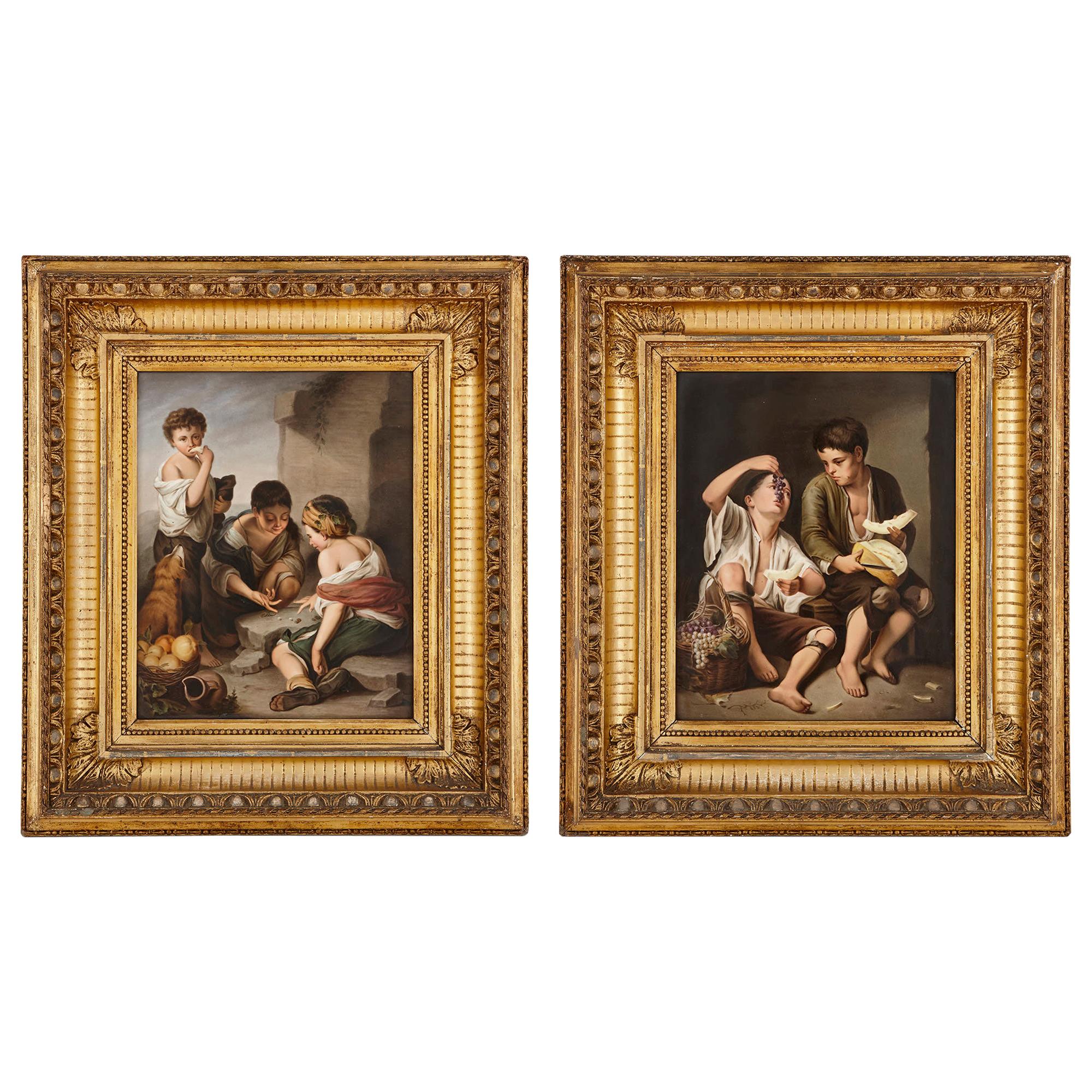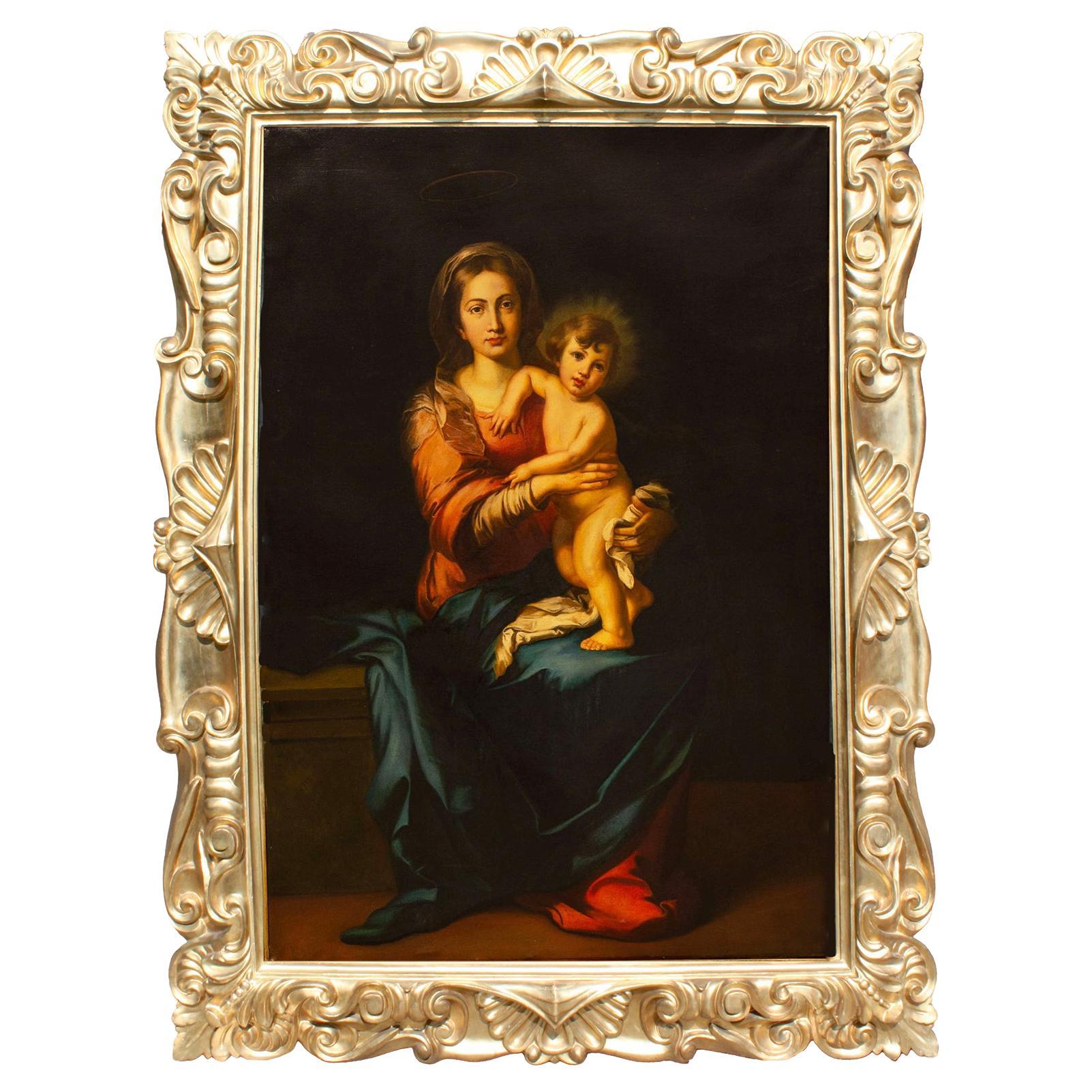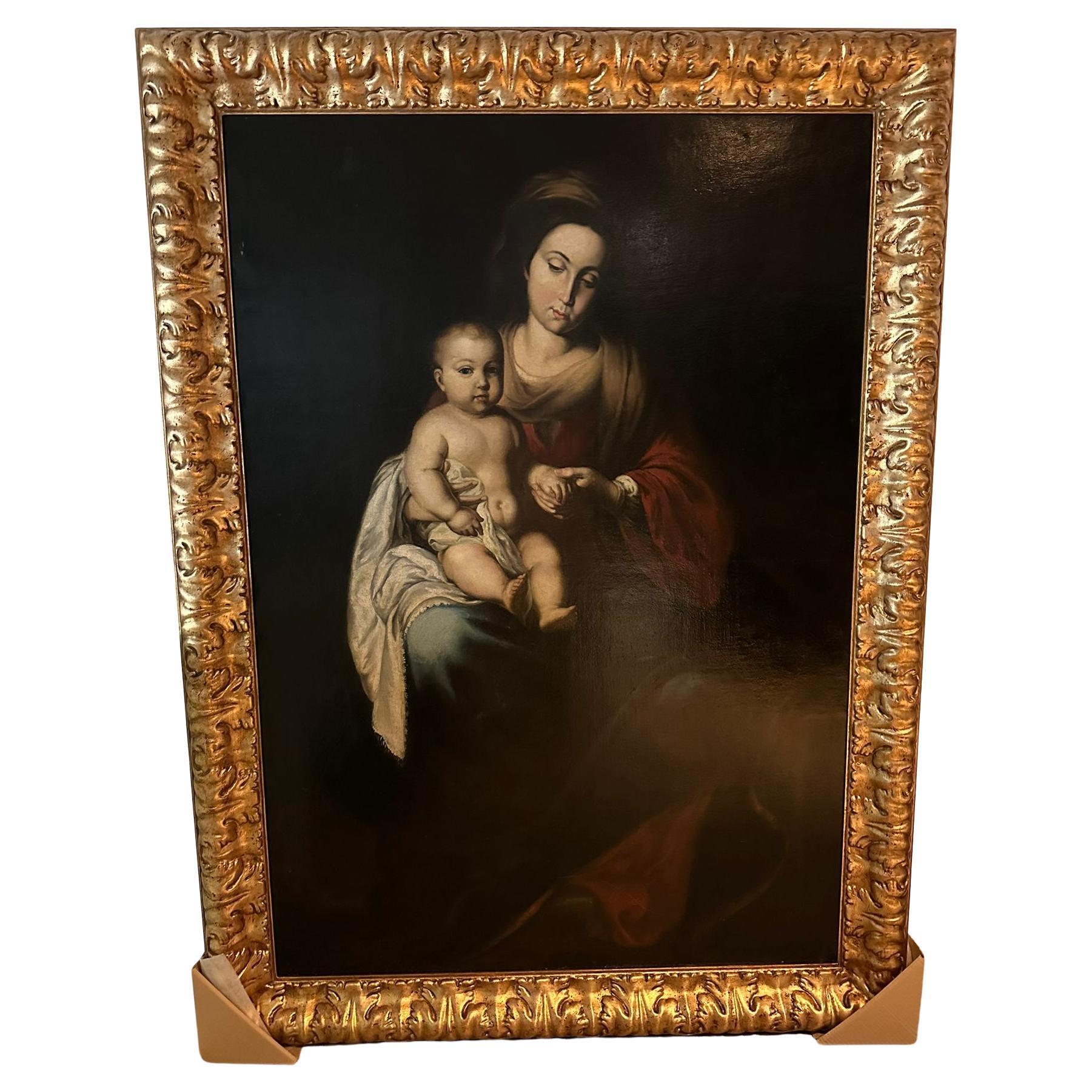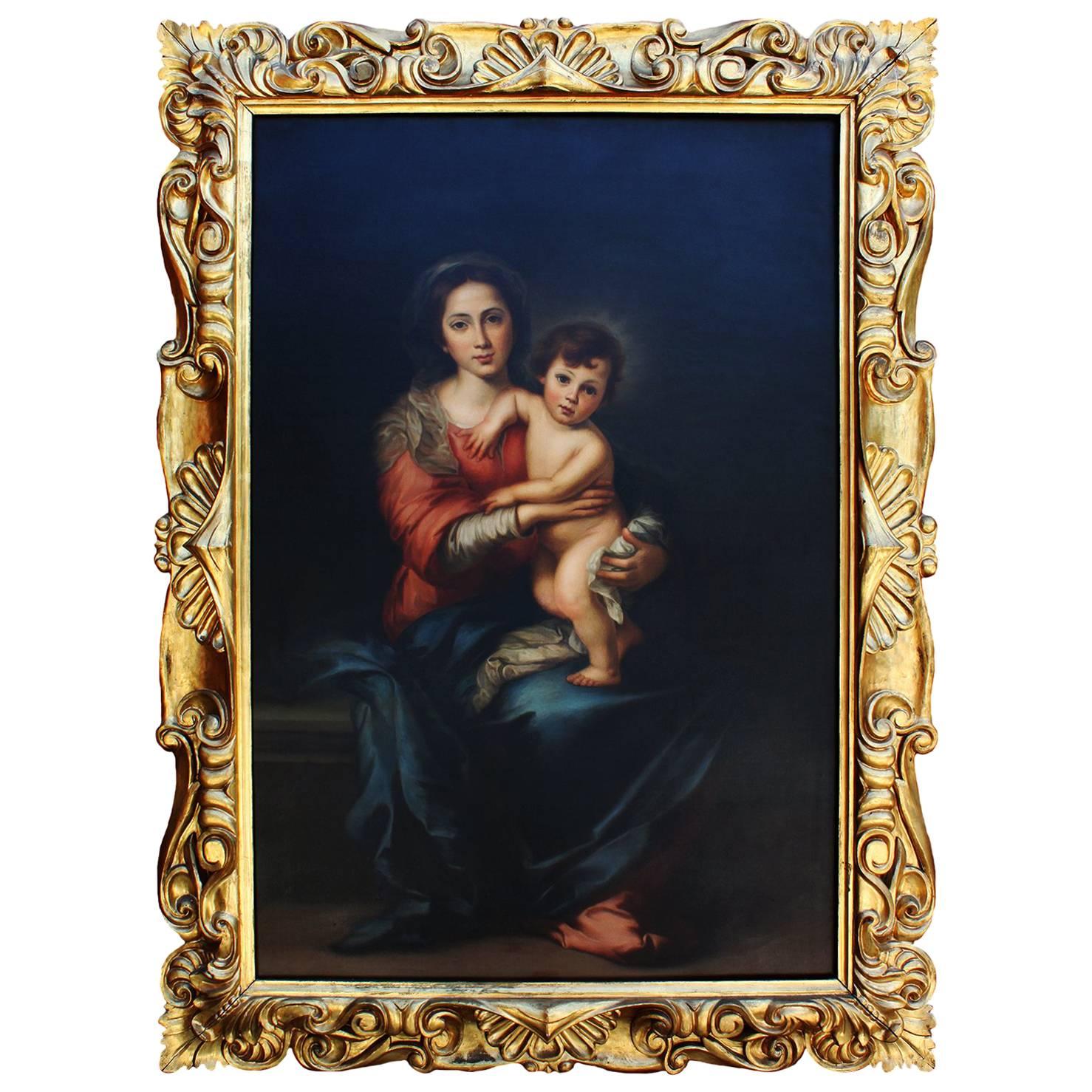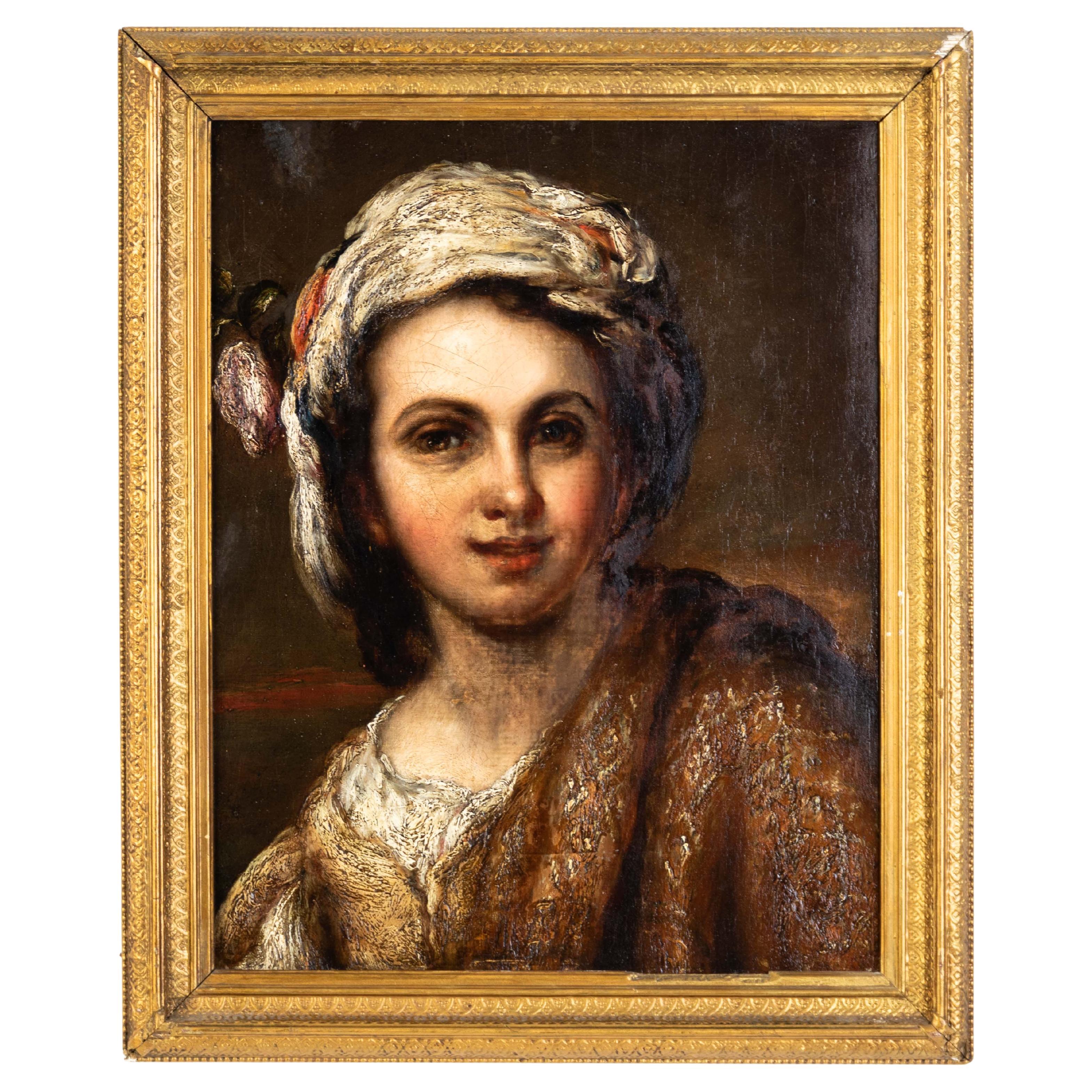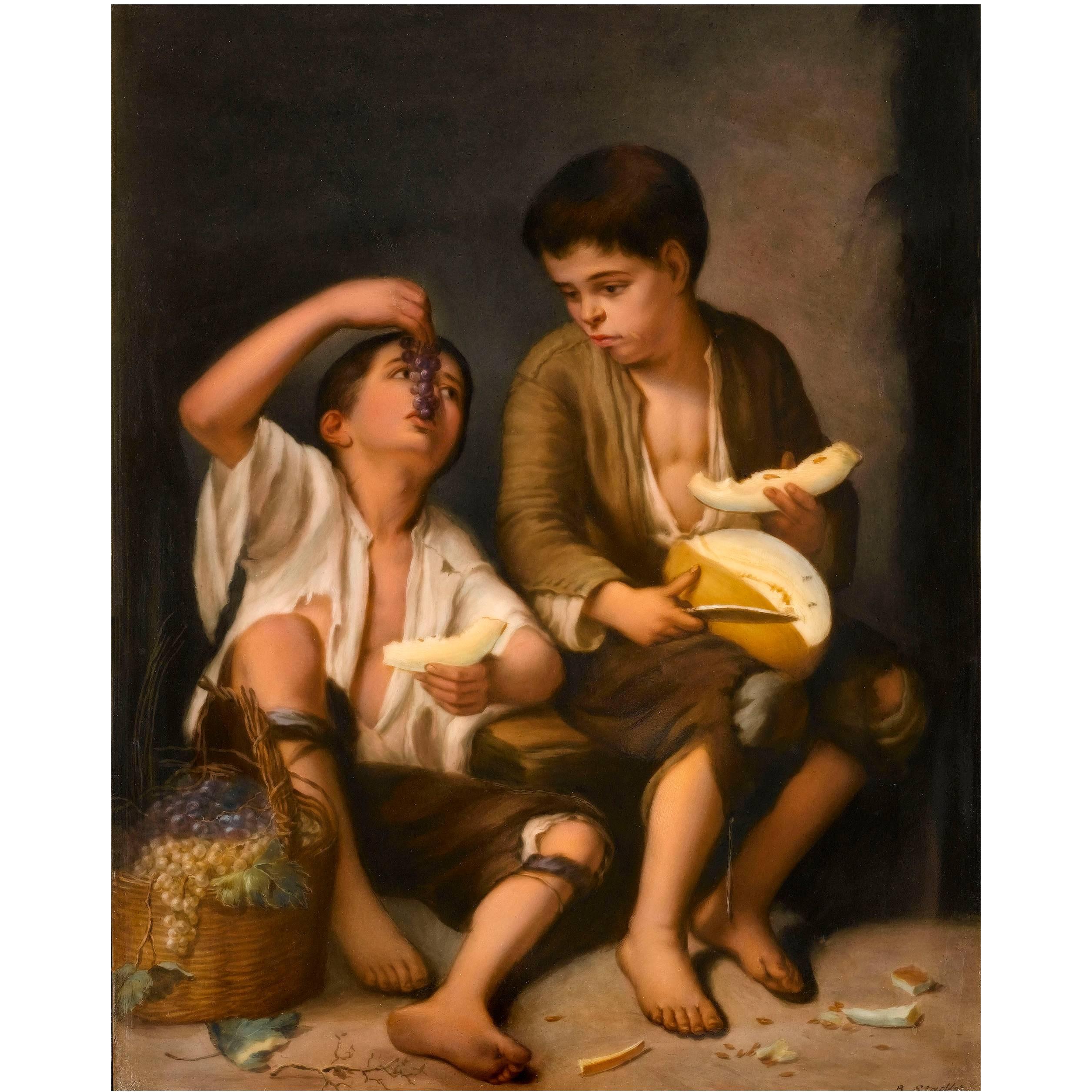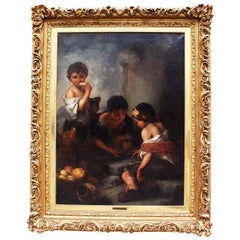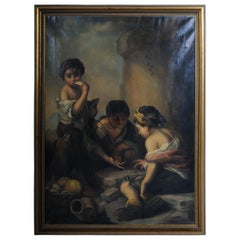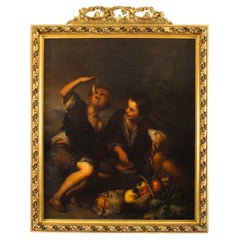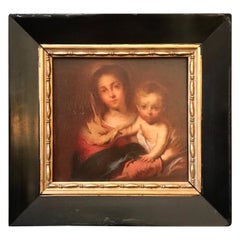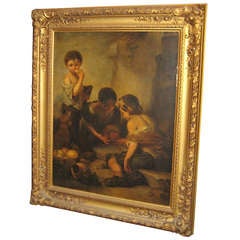
19th Century Painting after Bartolomé Esteban Murillo, Young Boys Playing Dice
View Similar Items
1 of 5
19th Century Painting after Bartolomé Esteban Murillo, Young Boys Playing Dice
$7,500List Price
About the Item
- Similar to:Bartolomé Esteban Murillo (Artist)
- Dimensions:Height: 66 in (167.64 cm)Width: 54 in (137.16 cm)Depth: 5 in (12.7 cm)
- Style:Baroque (In the Style Of)
- Place of Origin:
- Period:
- Date of Manufacture:19th Century
- Condition:Old re-line.
- Seller Location:Miami, FL
- Reference Number:Seller: K2191stDibs: LU8712836135
Authenticity Guarantee
In the unlikely event there’s an issue with an item’s authenticity, contact us within 1 year for a full refund. DetailsMoney-Back Guarantee
If your item is not as described, is damaged in transit, or does not arrive, contact us within 7 days for a full refund. Details24-Hour Cancellation
You have a 24-hour grace period in which to reconsider your purchase, with no questions asked.Vetted Professional Sellers
Our world-class sellers must adhere to strict standards for service and quality, maintaining the integrity of our listings.Price-Match Guarantee
If you find that a seller listed the same item for a lower price elsewhere, we’ll match it.Trusted Global Delivery
Our best-in-class carrier network provides specialized shipping options worldwide, including custom delivery.You May Also Like
Large Oil on Canvas "Beggar Boys Playing Dice" After Bartolomé Esteban Murrillo
By Bartolomé Esteban Murillo
Located in Los Angeles, CA
A fine and large 19th century oil on canvas after Bartolomé Esteban Murrillo's (Spanish, 1617-1682) "Beggar Boys Playing Dice" (The original work by Murillo was painted in 1675). The impressive artwork depicts two young boys playing dice while another eats a piece of fruit as his dog watches on., within an ornate gildwood and gesso frame bearing a label from the faming company Bigelow & Jordan. The original work by Murillo is currently at the Alte Pinakothek Museum in Munich, Germany. The present work is signed: L. Rüber. Circa: Munich, Late 19th Century.
Bartolomé Esteban Murillo (born late December 1617, baptized January 1, 1618 – April 3, 1682) was a Spanish Baroque painter. Although he is best known for his religious works, Murillo also produced a considerable number of paintings of contemporary women and children. These lively, realist portraits of flower girls, street urchins, and beggars constitute an extensive and appealing record of the everyday life of his times.
Murillo was born to Gaspar Esteban and María Pérez Murillo. He may have been born in Seville or in Pilas, a smaller Andalusian town. It is clear that he was baptized in Seville in 1618, the youngest son in a family of fourteen. His father was a barber and surgeon. His parents died when Murillo was still very young, and the artist was largely brought up by his aunt and uncle.
Murillo began his art studies under Juan del Castillo in Seville. There he became familiar with Flemish painting and the "Treatise on Sacred Images" of Molanus (Ian van der Meulen or Molano). The great commercial importance of Seville at the time ensured that he was subject to influences from other regions. His first works were influenced by Zurbarán, Jusepe de Ribera and Alonzo Cano, and he shared their strongly realist approach. As his painting developed, his more important works evolved towards the polished style that suited the bourgeois and aristocratic tastes of the time, demonstrated especially in his Roman Catholic religious works.
In 1642, at the age of 26, he moved to Madrid, where he most likely became familiar with the work of Velázquez, and would have seen the work of Venetian and Flemish masters in the royal collections; the rich colors and softly modeled forms of his subsequent work suggest these influences. In 1645 he returned to Seville and married Beatriz Cabrera y Villalobos, with whom he eventually had eleven children.
In that year, he painted eleven canvases for the convent of St. Francisco el Grande in Seville. These works depicting the miracles of Franciscan saints vary between the Zurbaránesque tenebrism of the Ecstasy of St Francis and a softly luminous style (as in Death of St Clare...
Category
Antique Late 19th Century German Baroque Paintings
Materials
Gesso, Canvas, Wood
$14,850 Sale Price
40% Off
Great Painting Grapes and Melon Eaters After Esteban Murillo Oil of Canvas
By Bartolomé Esteban Murillo
Located in Berlin, DE
The picture shows two about ten-year-old street boys eating fruit. The environment is not further defined. With obvious pleasure, the left street boy is eating a grape while the righ...
Category
20th Century European Paintings
Materials
Canvas
Antique Painting Grape and Melon Eaters After Bartolome' Murillo 18th Century
By Bartolomé Esteban Murillo
Located in London, GB
This is a delightful antique Spanish oil on canvas painting after Bartolome' Esteban Murillo, depicting two peasant boys eating grapes and melon, Circa 1780 in date.
It features a ...
Category
Antique Late 18th Century Spanish Baroque Paintings
Materials
Canvas
Antique Painting “Madonna with a Napkin” after Bartolome Esteban Murillo, 1666
Located in Vero Beach, FL
Antique painting “Madonna with a Napkin” after Bartolome Esteban Murillo, 1666
This lovely oil painting on beveled wood panel is after the f...
Category
Early 20th Century Spanish Baroque Paintings
Materials
Wood
Oil Painting Gibbet Dice Player after Murillo
Located in Berlin, DE
Oil of canvas
Hand painted
to Murillo
dice player.
(S - 201)
Gemälde.
Category
20th Century Paintings
Antique porcelain plaque after Murillo
By Bartolomé Esteban Murillo
Located in London, GB
Antique porcelain plaque after Murillo
Continental, 19th Century
Height 28cm, width 19.5cm, depth 1cm
This finely painted antique porcelain plaque depic...
Category
Antique 19th Century European Baroque Paintings
Materials
Porcelain
Recently Viewed
View AllMore Ways To Browse
Dice Painting
Carolus Magnus
Carved Drinks Cabinet
Carved Giraffe
Carved Indonesian Chest
Carved Wood Antelope
Carved Wood Goat
Catalan Credenza
Ceramic Terrier
Ceremonial Drum
Charlotte Perriand Commode
Chest On Chest Dresser Antique
Childs Chair Rush Seat
Chippendale Highboy Dresser
Chippendale Mahogany Lowboy
Chippendale Mahogany Secretary Desk
Chippendale Tiger Maple
Clam Pearl
